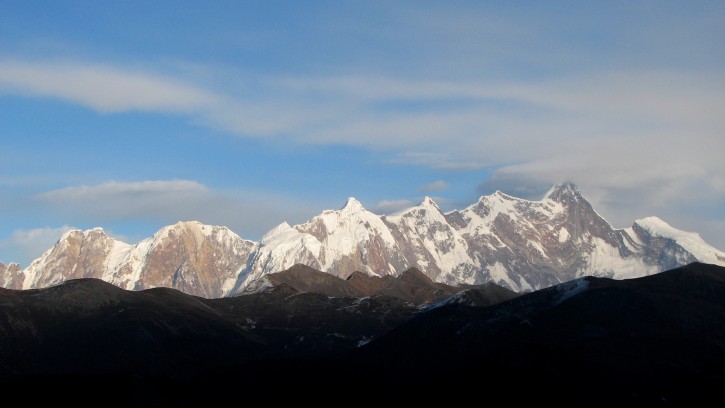

When trekking in the Himalayas, it's important to plan for both food and accommodation. Here are some tips on what to expect and how to prepare:
Food: Most teahouses and lodges along the trekking route offer a menu of basic meals such as dal bhat (lentil soup with rice), noodles, and soups. These are typically hearty and filling, providing the energy needed for trekking at high altitude. It's important to stick to cooked meals and avoid raw or uncooked foods to avoid getting sick. Trekkers can also bring their own snacks such as energy bars, nuts, and dried fruits.
Accommodation: Most trekking routes in the Himalayas have teahouses and lodges that offer basic accommodations such as a bed, blankets, and a shared bathroom. These are simple but comfortable and provide a warm place to rest after a day of trekking. Trekkers should bring a sleeping bag and warm clothing for the chilly nights at high altitude. It's important to book accommodations in advance, especially during peak trekking seasons.
Water: It's important to stay hydrated during the trek, but it's recommended to avoid tap water and instead drink boiled or treated water. Many teahouses and lodges offer boiled or filtered water, or trekkers can bring water purification tablets.
Special Diets: For those with special dietary needs or preferences, it's important to communicate this with the teahouses or lodges in advance. Vegetarian options are typically available, but other dietary restrictions may require more planning.
Overall, while the food and accommodations may be basic, they provide a comfortable and necessary refuge for trekkers along the Himalayan routes. It's important to plan and prepare accordingly to ensure a safe and enjoyable trekking experience.
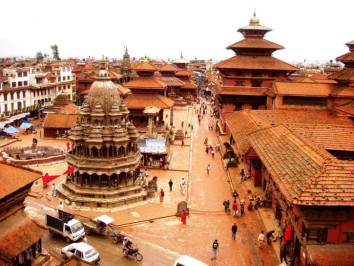
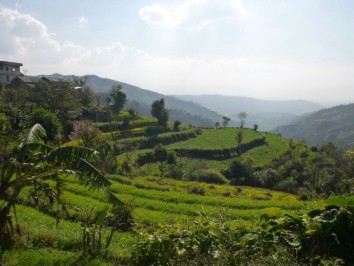


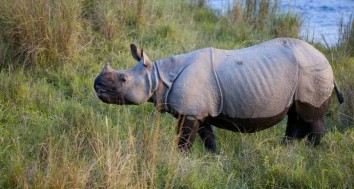
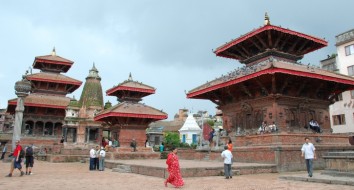
© 2011 - 2025 All rights reserved. Oxford Travel And Tours (P) Ltd. Developed By : Xenatech Nepal